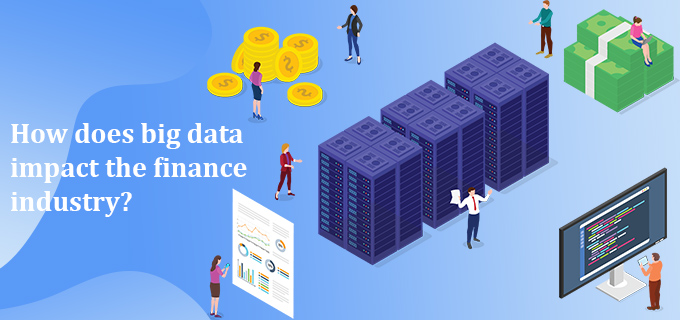The Difference between Data Analytics v/s Data Science: A guide to comprehend
Data analytics services

Data analytics, the definition of which may be stated as the methodologies for analyzing data to boost productivity and corporate benefit, is a term that derives its meaning from the word itself. In order for the data to be evaluated and for the user to be able to recognize the numerous behavioral patterns, the data is first retrieved from a variety of sources, then cleaned, and last classified. Methods may be diverse depending on the organization or the person, as can the techniques and the instruments that are employed. Techniques and tools can also be subjectively distinct.
The Crucial Role That Data Analytics Plays For Businesses
In spite of the fact that there is a growing relevance of data analytics online training for business has transformed the world in a meaningful sense, the typical individual is still uninformed of the influence that data analytics has on the business sector. Services relating data analytics services India gives firms a platform for communicating with their consumers on a continuous basis via a variety of channels, and it does this for a number of different platforms. They contribute to the consolidation of all data in one location, making it more convenient to access it. The following is a list of some of the ways in which this has had an influence on business:
#1. Raising the Level of Productivity
The information gathered by the company must not be limited to details on people who are not affiliated with the company in any way. The majority of the data that is acquired by organizations is also evaluated internally for the purpose of improving functionality.
#2. Include relevant information in commercial decision-making
Data analytics provides businesses with direction for making business choices and may help reduce financial losses. Prescriptive analytics may advise how a company ought to respond to changes in the business environment, while predictive analytics can propose what could occur in reaction to the changes that have occurred in the business.
#3. Streamline the working processes
Data analytics offers organizations the opportunity to increase their operational efficiency. The collection and examination of data pertaining to the supply chain may assist pinpoint the causes of production snags and bottlenecks, as well as provide insight into the likely locations of future issues.
As a result, the significance of data analytics is seeing a sea change around the globe. The field of data analytics contains a wide range of subfields. As a result, data analytics is used in a variety of settings, including the commercial world, the sporting world, and even simply the activities that humans engage in on a daily basis. The way that individuals used to react in various situations has also been altered as a result of data analytics.
#4. Understanding of How Data scienceFunctions
The procedure for data science is not difficult to comprehend on a conceptual level and consists of the following steps:
- Gain an understanding of the commercial issue.
- Collect and organize the unprocessed data.
- Investigate, transform, and clean up the data, as well as prepare it.
- Make models based on the data, and then choose among them.
- Experiment, fine-tune, and implement the models.
- Keep an eye on the models, test them, update them, and manage them.
1. Providing authority to the management
By ensuring that the staff makes the most of their analytic skills, an experienced data scientist has a greater chance of serving as a trusted adviser and strategic partner to the organization’s higher management.
2. Finding opportunities to capitalize on
While interacting with the organization’s existing analytics system, data scientists should also challenge the procedures and assumptions that are already in place in order to build new methodologies and analytical algorithms.
What Is the Difference Between These Two?
Data science and big data analytics are two distinct areas, despite the fact that many people use the phrases interchangeably and use the terms interchangeably themselves.
The primary distinction between the two professions lies in the breadth of their applications and the benefits they provide. The phrase “data science” is best understood as an umbrella word that encompasses a number of subfields that are used to mine enormous datasets and simplify them in order to get superior outcomes and results.
Data analytics is a variant of data science that is somewhat more narrowly focused, and it is sometimes seen as a component of the more comprehensive process. Both of these specific areas may be thought of as opposite sides of the same coin, and their activities are strongly intertwined with one another.
The field of data science plays an essential part in the building of the foundation and analyzes large datasets to provide early observations, future trends, and prospective discoveries that may be significant. Data science, on the other hand, poses much more significant concerns that people have not considered previously while offering very few definitive solutions to these problems.
By incorporating data analytics into the mix, the user is able to transform previously unknown ideas or facts into actionable insights that may be used in a variety of contexts.
Also read: How Does Big Data Impact the Finance Industry?

